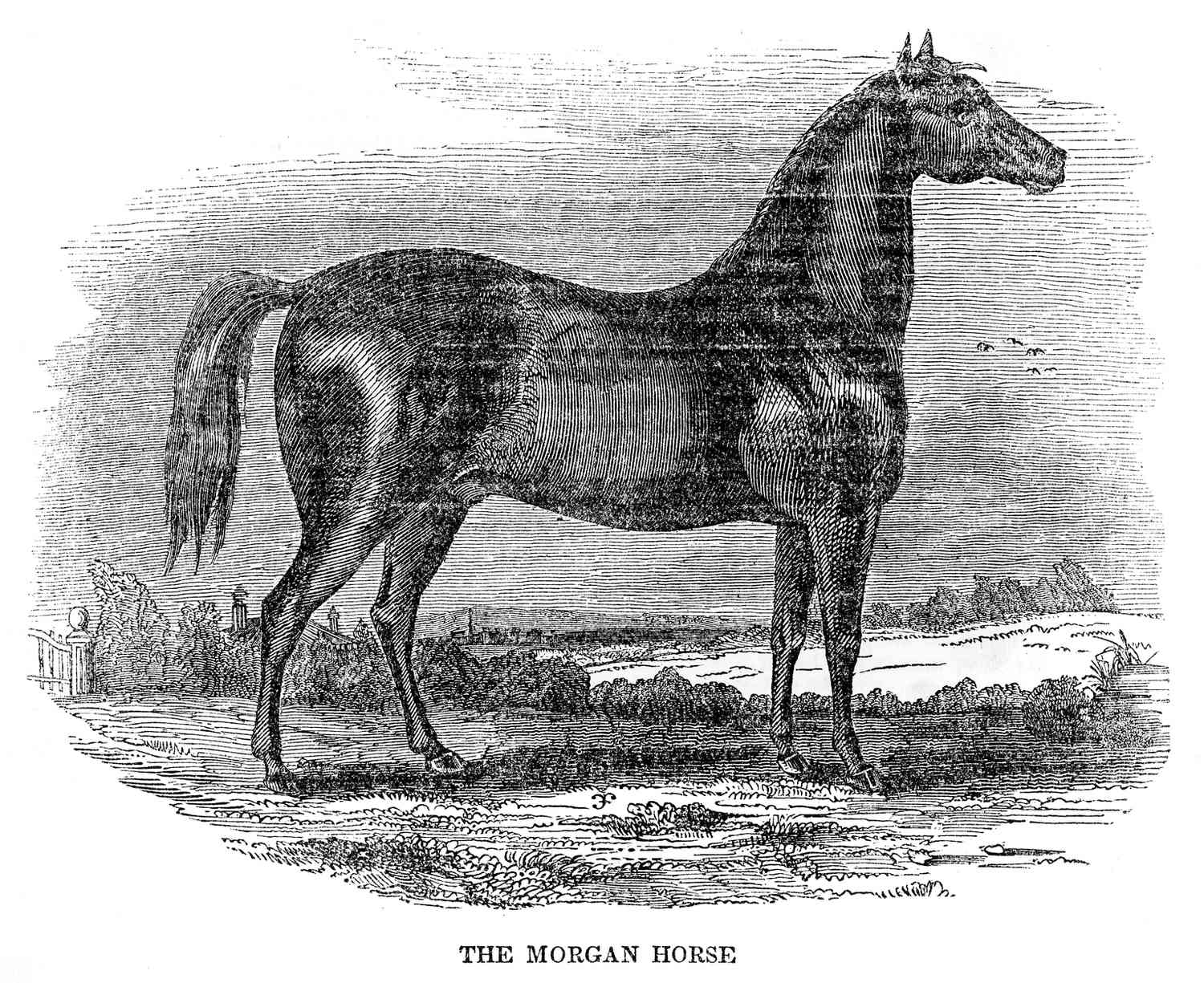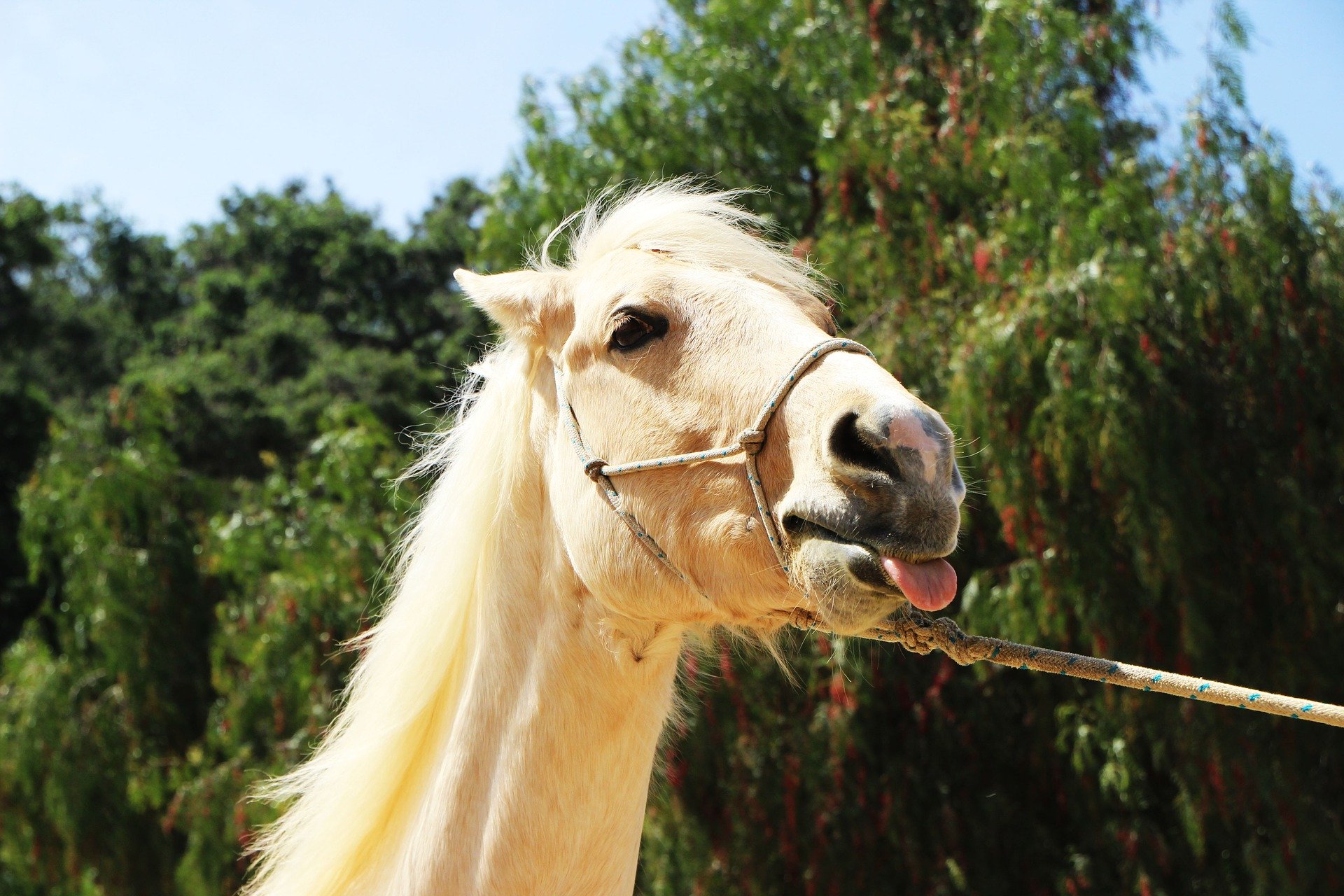The Cleveland Bay horse, named after its area of origin in England, is one of the oldest horse breeds in existence. Known for its strength, versatility, and gentle nature, the breed has a rich history of serving in various roles, from agriculture to carriage driving. However, despite its remarkable attributes, the Cleveland Bay horse is currently facing the threat of extinction. In this article, we will explore the reasons behind the endangerment of the Cleveland Bay horse and the efforts being made to preserve this cherished breed.
Historical Significance

The history of the Cleveland Bay horse dates back centuries, with records indicating its presence in England as early as the 17th century. Initially bred as a carriage horse and for agricultural work, the breed gained widespread popularity due to its exceptional strength, endurance, and pleasant temperament. The Cleveland Bay became a symbol of prestige and elegance, often seen pulling carriages of the aristocracy and royalty.
Decline in Agricultural Demand
As the agricultural landscape evolved with the introduction of mechanized farming equipment, the demand for working horses, including the Cleveland Bay, experienced a significant decline. The breed, which had been valued for its ability to perform demanding tasks on farms, gradually lost its role in the agricultural sector. This shift in demand contributed to a decrease in the population of Cleveland Bay horses, as breeders found it increasingly challenging to sustain their livelihoods through traditional farming practices.
Competition from Modern Breeds
The emergence of modern horse breeds, specifically those bred for specialized disciplines such as show jumping, dressage, and eventing, posed a competitive challenge to the Cleveland Bay horse. While the breed’s versatility had been a defining trait, the demand for horses with specific athletic attributes and competitive advantages led to a diminished focus on the Cleveland Bay in the equestrian community. As a result, breeders faced difficulties in promoting and sustaining the breed’s population, further exacerbating its endangered status.
Conservation Efforts

Recognizing the critical need to preserve the genetic diversity and cultural heritage embodied by the Cleveland Bay horse, dedicated conservation initiatives have been established to safeguard the breed’s future. These efforts encompass a range of strategies aimed at raising awareness, promoting responsible breeding practices, and creating avenues for the breed’s continued relevance in contemporary equine activities.
Breeding Programs
Conservation organizations and breed enthusiasts have established selective breeding programs focused on maintaining the purity and integrity of the Cleveland Bay bloodlines. By identifying and preserving individuals with desirable traits and genetic heritage, these programs aim to ensure the long-term viability of the breed. Additionally, collaborative efforts with veterinarians and geneticists have been instrumental in addressing potential health concerns and optimizing breeding strategies to enhance the overall resilience of the Cleveland Bay population.
Public Engagement and Education
Public engagement and education play a vital role in advocating for the conservation of the Cleveland Bay horse. Through outreach programs, breed showcases, and educational events, enthusiasts and conservationists strive to foster a deeper appreciation for the breed’s historical significance and its potential contributions to various equestrian disciplines. By highlighting the unique attributes and capabilities of the Cleveland Bay, these initiatives seek to generate interest and support for the breed’s conservation.
Partnerships and Collaboration
Collaborative partnerships between conservation organizations, breed registries, and equine industry stakeholders have proven instrumental in advancing the conservation efforts for the Cleveland Bay horse. By pooling resources, expertise, and collective influence, these alliances work towards implementing sustainable practices, preserving genetic diversity, and promoting the breed within the broader equine community. Through shared goals and coordinated action, these partnerships aim to secure a brighter future for the Cleveland Bay.
Challenges and Opportunities

Despite the concerted efforts to conserve the Cleveland Bay horse, several challenges persist, underscoring the urgency of continued conservation endeavors. At the same time, there are opportunities to leverage the breed’s unique characteristics and historical significance to foster its resurgence and sustained relevance in the modern era.
Genetic Diversity
Maintaining genetic diversity within the Cleveland Bay population remains a pressing concern. With a limited number of breeding individuals, the risk of inbreeding and the loss of valuable genetic traits poses a significant threat to the breed’s long-term vitality. Conservation efforts must prioritize the preservation of genetic diversity through strategic breeding practices and the identification of compatible genetic matches to mitigate the potential effects of genetic bottlenecking.
Market Demand and Utilization
Addressing the market demand and utilization of the Cleveland Bay horse presents both a challenge and an opportunity. While traditional roles such as carriage driving and agricultural work have diminished, there is an opportunity to explore new avenues for the breed’s participation in recreational and competitive equestrian activities. By showcasing the breed’s adaptability and versatility, efforts can be made to cultivate interest in the Cleveland Bay within diverse equestrian disciplines, thereby expanding its relevance and market demand.
Preservation of Cultural Heritage
Preserving the cultural heritage associated with the Cleveland Bay horse is integral to its conservation. Efforts to document and celebrate the breed’s historical significance, as well as its contributions to agriculture, transportation, and societal traditions, can foster a deeper sense of appreciation and support for its preservation. Embracing the breed’s heritage as a symbol of strength, elegance, and resilience can elevate its status and significance within the broader equestrian community.
Are you curious about the world of horses and their unique characteristics? If so, you might be interested in learning about why horse meat is illegal, moon blindness in horses, and the lifespan of Clydesdale horses. Understanding these aspects can provide valuable insight into the world of equine conservation and care.
Conclusion

In conclusion, the Cleveland Bay horse faces endangerment due to a confluence of factors, including shifts in agricultural practices, competition from modern breeds, and declining population numbers. However, through dedicated conservation initiatives, including selective breeding programs, public engagement, and collaborative partnerships, efforts are underway to safeguard the breed’s future. By addressing challenges related to genetic diversity, market demand, and cultural preservation, there is an opportunity to revitalize the Cleveland Bay horse and ensure its enduring legacy in the world of equine heritage and excellence. It is through collective commitment and proactive measures that the unique attributes and historical significance of the Cleveland Bay can continue to inspire and thrive for generations to come.



